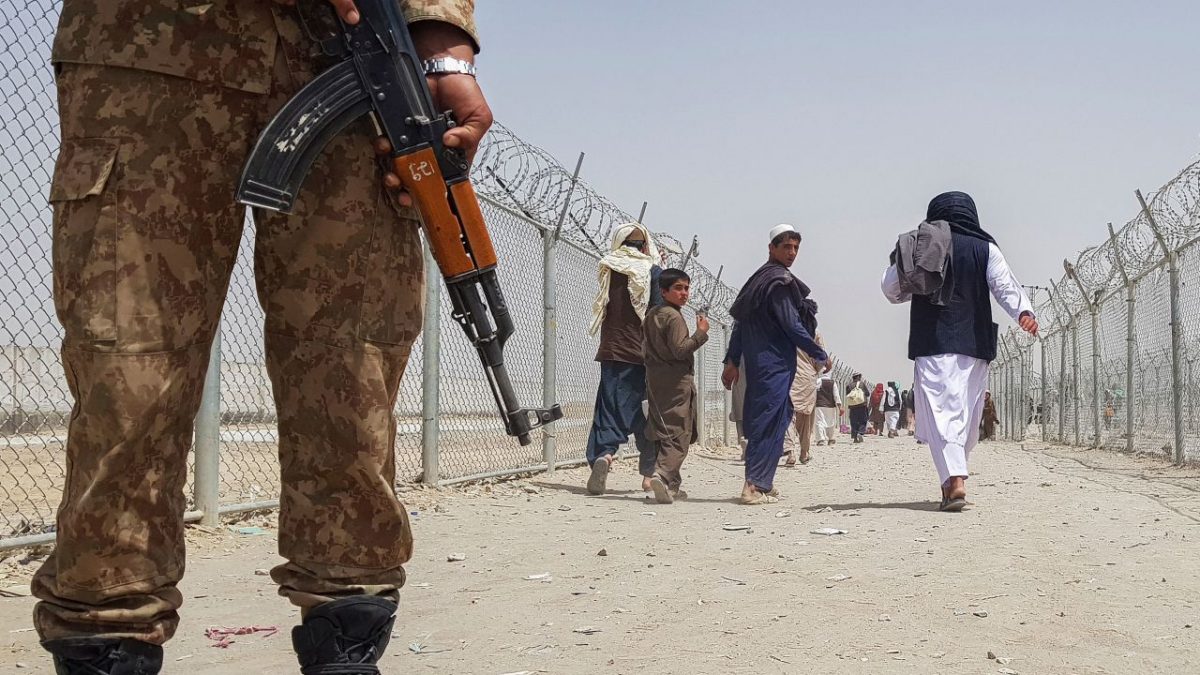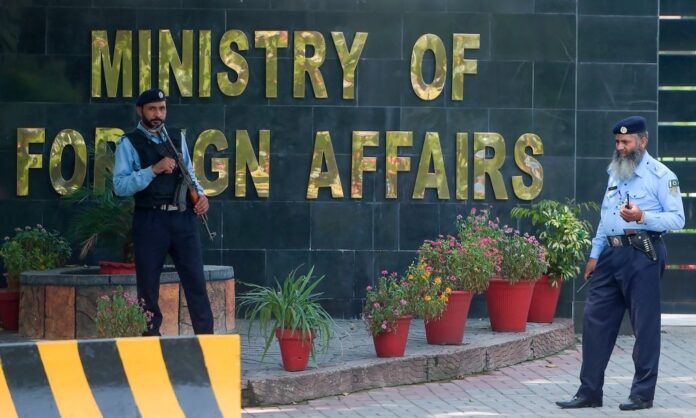
NAHR-E-SHAHI: In parched brown hills in north Afghanistan, Abdul Hahad tears stalks of wheat out of the arid earth. In the third year of water shortages and high temperatures, his harvest is barely enough to support his family.
The 55-year-old farmer from Nahr-e-Shahi district in Balkh province used to plant two or even three wheat crops a year but in the last three years he has only been able to grow one. The yields from his nine acres of land are dwindling year by year.
“It’s been three years since the drought started, wells and the river have almost dried up. We don’t even have enough drinking water, you can see all our land has dried up,” he said, as he sat near a pile of wheat beneath the sun in heat of 40 Celsius (104 Fahrenheit).
Persistent drought across Afghanistan is taking its toll on farmers, its economy – a third of which is generated by agriculture – and food security.
Experts say the drought is exacerbated by climate change which leads to intensifying pressure on water resources. The Global Climate Risk Index says Afghanistan is the world’s sixth most affected country by climate-related threats.
With little functioning irrigation, Afghanistan relies on snow melting in the mountains to keep its rivers flowing and fields watered during the summer.
But Najibullah Sadid, a water resources and environment expert and Research Associate at the Federal Waterways Engineering and Research Institute in Germany, said as temperatures rise, precipitation falls and with less snow, the summer melt is not feeding into rivers as much as it used to.
“In terms of food security you see that in a country like Afghanistan where more than 30% of GDP (gross domestic product) is coming from agriculture, then of course if this sector is impacted by climate change then the gross economy of the country is impacted by climate change,” said Sadid.
‘A LOT OF HARDSHIP’
Two years after the Taliban took over in Afghanistan as foreign troops withdrew, stretched water resources and the struggles of agriculture are one of their administration’s top challenges.
With a sharp reduction this year in humanitarian aid and no foreign government formally recognising the Taliban, aid workers and diplomats say the level of development assistance to help with the problem is limited.
The U.N. World Food Programme says 15.3 million people are facing acute food insecurity in the country of nearly 42 million people.
The Taliban administration is building a 280 km-long (174 miles) canal, which if completed could divert water for irrigation throughout northern provinces. But it is still years away from completion and neighbouring countries have raised concerns that it will unfairly divert their water.
Sitting with three of his eight grandchildren, Hahad described how his income has shrunk, forcing his family, like many in the village, to cut back on food beyond essentials like bread and fruit.
“I used to be able to earn from 2.3 million afghanis ($27,000) to 2.5 million afghanis ($29,500) a year from my land. We used to grow wheat, melons, onions, eggplant, carrot and other things, but in the last three years I couldn’t even make 100,000 afghanis ($1,200),” he said.
“People are facing a lot of hardship, some have left the village due to the lack of water,” Hahad said.
“But we’ll keep planting crops even if there is a water shortage because we don’t have any other option. It’s the only thing we know how to do.” Reuters
Please visit our website London Institute of Peace Research for latest peace news


